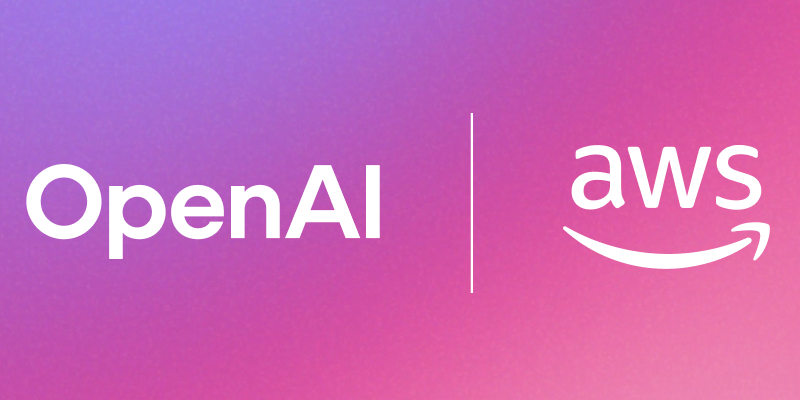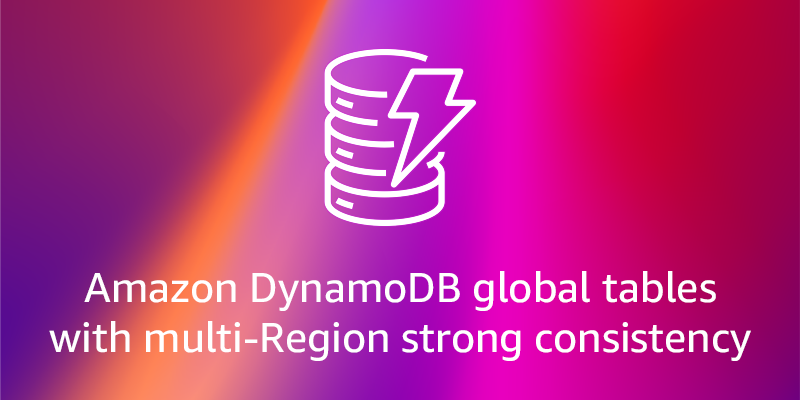AWS News Blog
Category: Featured
AWS Lambda enhances event processing with provisioned mode for SQS event-source mapping
AWS Lambda’s new provisioned mode for Amazon SQS event source mapping offers dedicated polling resources that provide 3x faster scaling and 10x higher concurrency, enabling lower latency processing, better handling of traffic spikes, and greater control over event processing resources.
Qwen models are now available in Amazon Bedrock
Amazon Bedrock has expanded its model offerings with the addition of Qwen 3 foundation models enabling users to access and deploy them in a fully managed, serverless environment. These models feature both mixture-of-experts (MoE) and dense architectures to support diverse use cases including advanced code generation, multi-tool business automation, and cost-optimized AI reasoning.
DeepSeek-V3.1 model now available in Amazon Bedrock
AWS launches DeepSeek-V3.1 as a fully managed models in Amazon Bedrock. DeepSeek-V3.1 is a hybrid open weight model that switches between thinking mode for detailed step-by-step analysis and non-thinking mode for faster responses.
OpenAI open weight models now available on AWS
AWS continues to expand access to the most advanced foundation models with OpenAI open weight models now available in Amazon Bedrock and Amazon SageMaker JumpStart. Accessing these new models from OpenAI on AWS, gpt-oss-120b and gpt-oss-20b, gives you more freedom to innovate and choose the right model for your specific use cases while maintaining complete control over your infrastructure and data.
Introducing Amazon Elastic VMware Service for running VMware Cloud Foundation on AWS
Amazon Elastic VMware Service (Amazon EVS) enables organizations to run VMware Cloud Foundation environments directly within Amazon VPCs, simplifying workload migration while maintaining familiar tools and providing access to the scalability, agility, and elasticity of AWS.
Announcing Amazon Nova customization in Amazon SageMaker AI
AWS now enables extensive customization of Amazon Nova foundation models through SageMaker AI with techniques including continued pre-training, supervised fine-tuning, direct preference optimization, reinforcement learning from human feedback and model distillation to better address domain-specific requirements across industries.
Introducing Amazon Bedrock AgentCore: Securely deploy and operate AI agents at any scale (preview)
Amazon Bedrock AgentCore enables rapid deployment and scaling of AI agents with enterprise-grade security. It provides memory management, identity controls, and tool integration—streamlining development while working with any open-source framework and foundation model.
Build the highest resilience apps with multi-Region strong consistency in Amazon DynamoDB global tables
Amazon DynamoDB now offers multi-Region strong consistency capability for global tables, providing the highest level of application resilience and enabling your applications to be always available.





